Professor Gail Whiteman, Director of the Pentland Centre for Sustainability in Business and ICE-ARC Work Package leader explains why we should be concerned about figures from the National Snow and… Read more »
Read Full »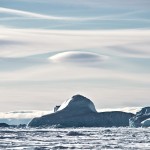
ICE-ARC WEF Arctic Change Blogs
ICE-ARC members have written a second series of blogs for the World Economic Forum about Arctic change to coincide with upcoming summer sea ice minimum. Jeremy Wilkinson (ICE-ARC PI, British… Read more »
Read Full »
BLOG: Buoy deployments in the Arctic on board the Korean icebreaker RV Araon
RV Araon Blog ICE-ARC PI Jeremy Wilkinson (British Antarctic Survey) is currently on board a cruise operating by the Korean Polar Research Institute (KOPRI) on the Korean ice breaker RV Araon. During… Read more »
Read Full »Postdoc job advert: oceanographer for Mercator
Mercator Ocean is the French ocean analysis and forecasting centre. It designs, develops, operates and maintains state-of-the-art scientific numerical-modelling systems that are able to describe, analyse and forecast the state… Read more »
Read Full »Life on the front line of climate change
Horizon, the EU Research and Innovation Magazine, features an article about the ICE-ARC project. The article describes the work that ICE-ARC researchers are carrying out with local communities in north… Read more »
Read Full »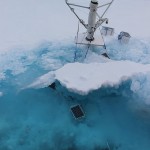
SATICE Buoy Deployments
ICE-ARC partner CSIC are deploying a series of SATICE buoys. SATICE, is the first high-rate, high-precision positioning experiment on sea ice in the Arctic Ocean. It consists of an array… Read more »
Read Full »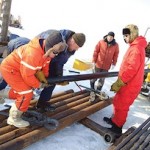
Thawing permafrost and freshwater drive Arctic Ocean acidification
Acidification off the coast of Northern Siberia in the Arctic Ocean is caused by increased thawing permafrost and freshwater discharge. Importantly, acidity levels of the region are much higher than… Read more »
Read Full »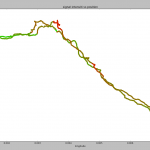
Field work blog from NW Greenland day 6
EMsled blog no. 4 ICE-ARC PI Jeremy Wilkinson and Francois Guerraz from the British Antarctic Survey (BAS) are working with colleagues from the Danish Meteorological Institute (DMI) and the Greenland Climate… Read more »
Read Full »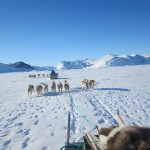
Field work blog from NW Greenland day 4
EMsled blog no. 3 ICE-ARC PI Jeremy Wilkinson and Francois Guerraz from the British Antarctic Survey (BAS) are working with colleagues from the Danish Meteorological Institute (DMI) and the Greenland Climate… Read more »
Read Full »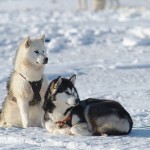
Field work blog from NW Greenland day 1
EMsled blog no. 2 ICE-ARC PI Jeremy Wilkinson and Francois Guerraz from the British Antarctic Survey (BAS) are working with colleagues from the Danish Meteorological Institute (DMI) and the Greenland Climate… Read more »
Read Full »

